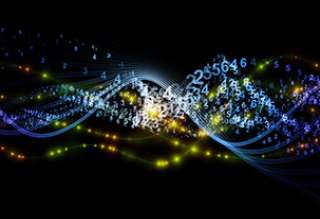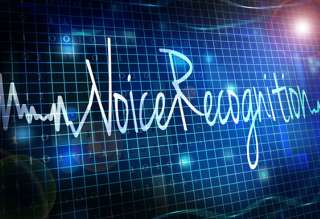Robotics Rolls Into High Gear With Signal Processing: A robotics revolution promises to transform global industries and services, and signal processing is at the forefront
A new generation of exponentially more intelligent and capable robots is on the way, helped along by talented and imaginative engineers and heavy doses of signal processing. In fields spanning almost every aspect of human professional and personal life, robots are ready to perform tasks faster, better, and more efficiently than their human counterparts. Even major sports organizations are now looking into the possibility of replacing human referees and umpires with robot arbiters.










